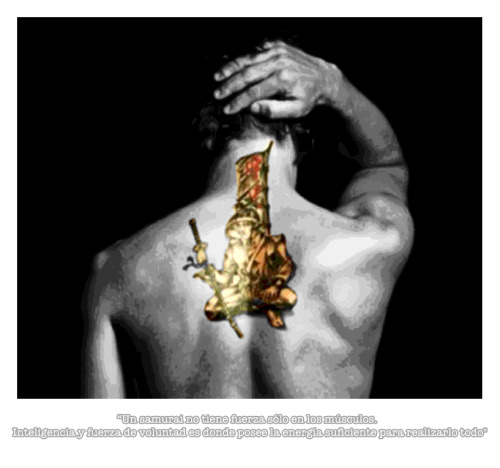Pierce89 wrote:
Direct drive is already going out of style, because of the huge torque needed to produce power at very low rpm. That huge torque creates huge heat. Look at your own chart, below 1000 rpm is ~50% efficient, not so great. Each launch would just EAT power if using that motor with direct drive. With a direct drive your charted motor would only be efficent at very high speed.
From where, and when when was it in style?

I haven't even seen one good, high powered direct drive engine with specifications for cars.
I wonder though how much could it be improved for racing applications by increasing poles as much as technically possible. That would work similarly as a reduction gears. That would bring the low efficiency part down to lower rpms and widen the high efficiency zones.
Also it would interesting to see a similar graph for an induction motor like the Evans electric I linked before
BTW the way. Does anyone know what speed does the RPM mean with "usual" wheel diameters?


